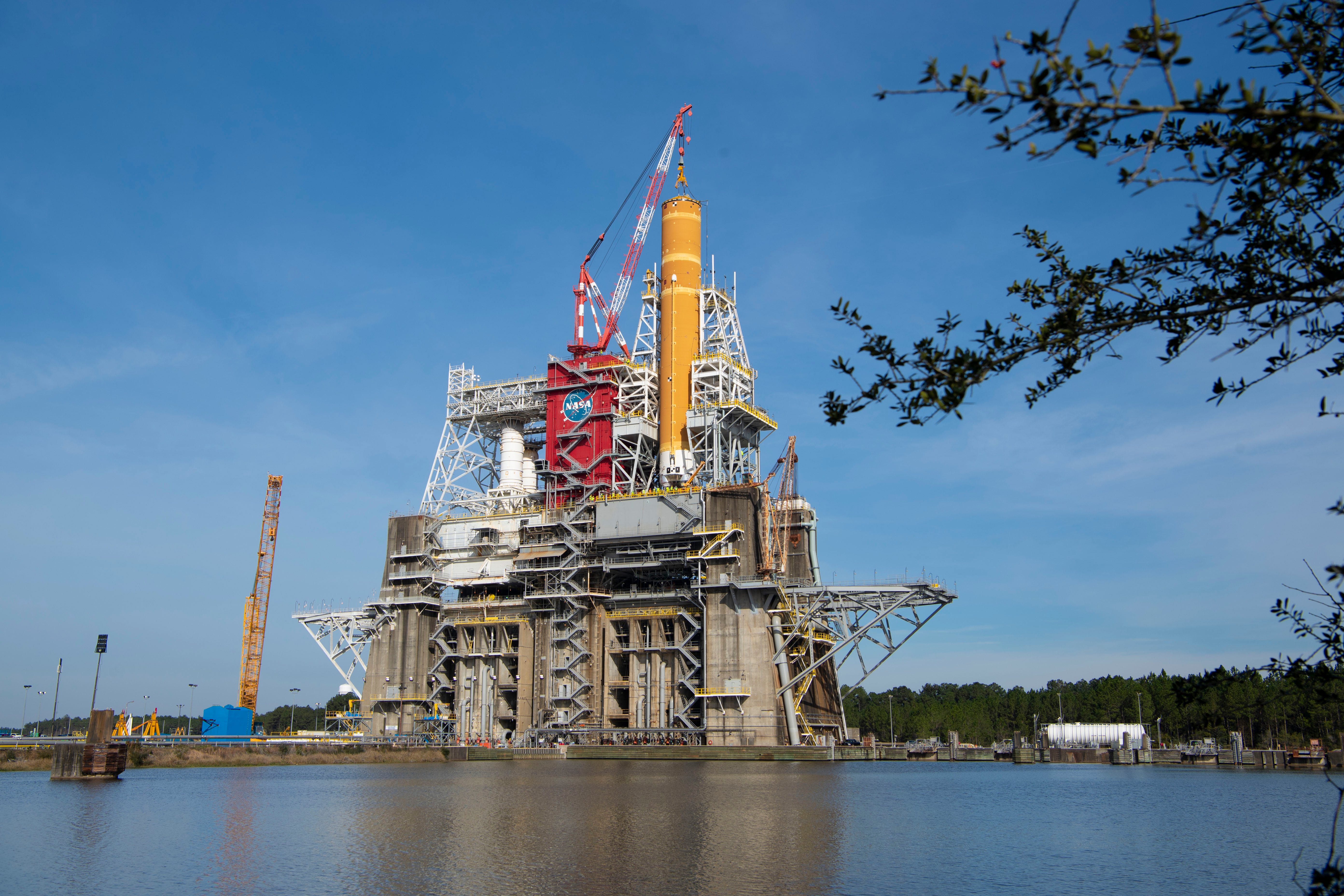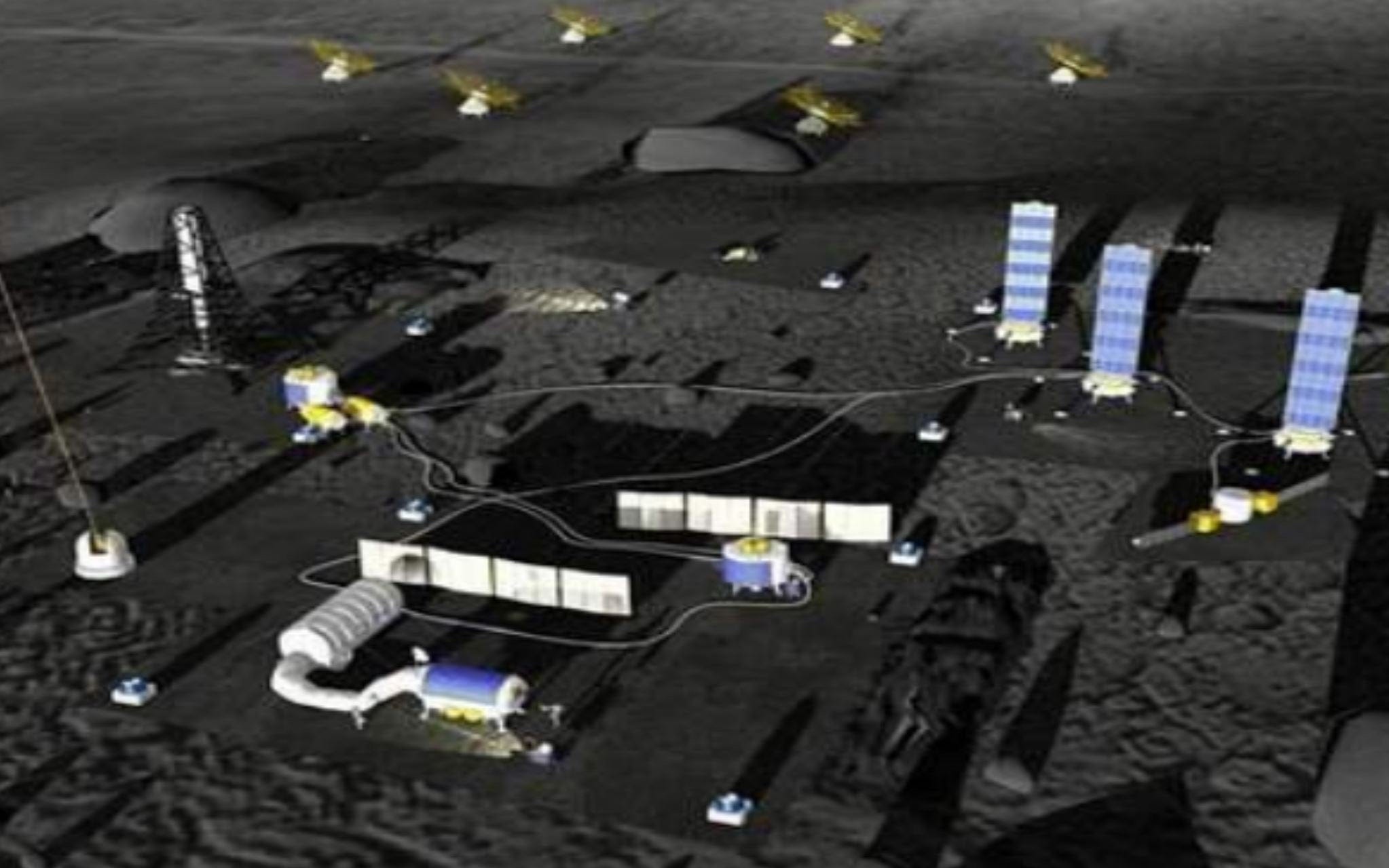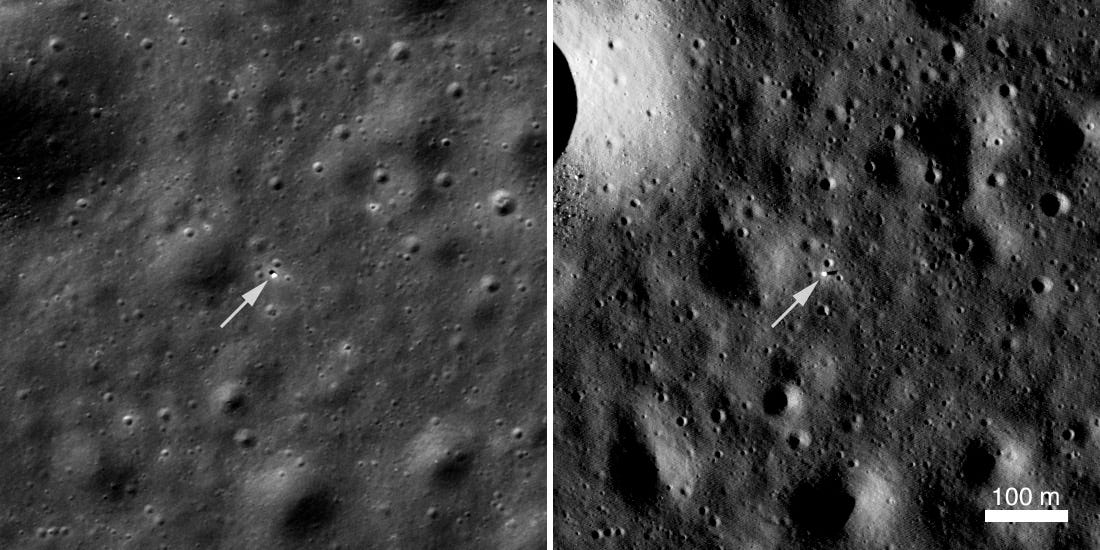Moon Monday Issue #15
SLS rocket hot fire re-test incoming, Chandrayaan 3 delayed, Russia might co-build China-led Moon base, Astrobotic makes progress on VIPER mission, and more developments in the lunar space.
Highlight

NASA is set to repeat the hot fire test of its SLS rocket on February 25, following an abrupt shutdown of the engines about one minute into the original test last month. The repeat test duration would be the same as intended before (8 minutes), and at least 250 seconds of hot firing would be required to give the rocket a green signal for flight. The team has updated the conservative test parameters that shut down the engines the last time, and have solved other unrelated issues that cropped up alongside. NASA is still sticking to a 2021 launch date for Artemis I.
Exploration
The launch of ISRO’s Chandrayaan 3 has been delayed further to 2022. Being a repeat attempt of Chandrayaan 2’s surface mission, the landing region and scientific objectives of Chandrayaan 3 are expected to remain the same. The lander will carry, among other experiments, a thermal probe and a seismometer to study the Moon’s interior, and the rover will carry a pair of spectrometers to determine what the ancient lunar crust was made of. ISRO is aiming to launch four more space science missions by 2025.
Momentus has signed another customer for its next-generation reusable Ardoride satellite, which can deliver a maximum of 800 kilograms to Low Lunar Orbit. Arodride will deliver two CubeSats to lunar orbit in 2024 for Qosmosys, a new space venture founded in Singapore last year. Momentus’ other contract is for Canadensys to put a 50 kilograms spacecraft in Low Lunar Orbit between 2023 to 2024.
Russia is preparing to sign a memorandum of understanding with China to cooperate on building the China-led International Lunar Research Station (ILRS), a robotic base at the Moon’s south pole. Roscosmos press office said an official announcement regarding the move will be made during the Global Space Exploration Conference in June 2021.

Science
Astrobotic, who will land and deploy NASA’s VIPER rover on the Moon’s south pole in 2023 to map water ice near its landed region, is making progress with mission hardware. Among other things, the company announced that they have selected two companies to provide their Griffin lander’s engines and thrusters respectively in 2022. Astrobotic added that they’ll announce their launch vehicle selection for blasting off with VIPER in the coming months. Would you bet on another Vulcan or a Falcon 9?

Meanwhile, scientists continue to investigate ways to find out just how much water and other resources lie in permanently shadowed regions on the Moon’s poles. A new study says that apart from the coldest of such regions, the terrain inside reflects enough visible and infrared light to be remotely sensed by suitably designed orbiters and quantify resources from. A related recent work found that scattered sunlight coming out of permanently shadowed regions, however dim, is brighter than reflections from other sources such as starlight, and this too can be remotely sensed by adequately built instruments.
More Moon
NASA LRO took pictures of the Chang’e 5 descent stage before and after the ascent stage took off on December 3, 2020.

Over the last two years, I’ve been writing accessible stories to get people with no space background on the Moon exploration bandwagon. Presenting my upgraded curated Moon page with added articles, a sleek new website and more external resources for a guided learning experience.
Please share with anyone who thinks the Moon is boring, sighs.
Thank you Parvathy Prem for supporting me and powering this edition of Moon Monday.
Everyone, I’m publishing this one-of-a-kind Moon exploration newsletter for free, with no ads. And it will stay that way. If you like my work, support me to keep it going. Monthly supporters will be credited in future Moon Monday issues with a link to their website/social.
